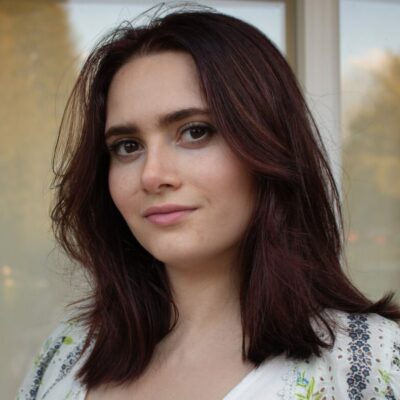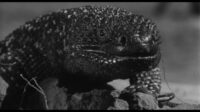What is the statistical probability of falling in love at an airport? According to Netflix’s new romantic comedy, Love at First Sight, One in every 50 relationships starts in an airport, with approximately 8% of couples meeting because of a missed connection. Last time I missed a connection, I ended up at a Chili’s with eight middle-aged strangers. Alas, it’s true according to a survey revealing that two couples meet and fall in love on the average flight.
Most airline passengers wouldn’t have that little factoid in their back pocket, but in Love at First Sight, Oliver Jones (Ben Hardy) is studying predictive analytics at Yale. Numbers help him make sense of the world. He’s in the airport to fly back home to London when he offers Hadley Sullivan (Hayley Lu Richardson) his phone charger. The American NYU student is on her way to her father’s wedding after missing her first flight by four minutes. It’s love at first sight… or is it? Is it only when they discover their mutual hatred of mayonnaise or she hears Oliver’s britishism like “nip to the loo” or when they almost kiss while waiting for said loo that they fall in love slowly during the 6 hours and 47 minute flight? The narrator says this isn’t a story of love, but one of fate. But, the film could benefit from taking a step back and letting destiny prevail on its own.

When we first meet The Narrator (Jameela Jamil) they’re presumably a passenger sitting in the crowded airport. Next they’re the flight attendant leading Oliver to the seat next to Hadley. In a total of eight characters ranging from bus driver to bartender, The Narrator shuffles about guiding the soulmates together when they go astray. Is the Narrator God? Magic? Fate personified? How do they know so many statistics? Are they also studying predictive analytics? Hard to say, but the characters never recognize the omniscient being. It’s a bit like watching a Hallmark Christmas movie where the town’s kind, white-haired, bearded man is obviously Santa Clause and represents Christmas Magic.
With respect to Hallmark, Love at First Sight could have done less telling and more showing. The third person POV worked well for the novel the film is based on, The Statistical Probability of Love at First Sight by Jennifer E. Smith, but didn’t translate quite as well to the screen. The audience doesn’t need to know the character’s age, fears, and personality traits right off the bat. Part of the fun of watching a rom com is getting to know the characters as they get to know each other. Hardy and Richardson are perfectly charming and have pretty decent chemistry and that speaks for itself. Only one third of the 90 minute film shows Oliver and Hadley actually falling in love on the flight, and they’re both asleep for at least some of it.
What makes a film like Before Sunrise (1995) or When Harry Met Sally (1989) so special is the authenticity of watching two people fall in love. The fact that they were fated to meet is intrinsically understood. The contrast of a girl who is often late and undecided and a boy who is over prepared and hates surprises is a perfect fodder for those deep, revealing conversations that lead to long lasting love, but not very many of those moments are shown. So much time in Love at First Sight is spent stating the obvious instead of just letting fate happen. The statistical reciting is better left to Oliver’s character.

After Hadley and Oliver arrive in London, a broken phone causes them to lose track of each other. After a series of events involving a bruise-colored bridesmaid dress and a Shakespearian-themed memorial service, they are reunited—not for long though, as a confrontation causes them to separate again. The Narrator then chimes in that “approximately 17.6% of people will walk away from the love of their life. Oliver was about to be one of them.” But they choose to find each other again. While Love at First Sight places a very high emphasis on the idea of fate, it makes some interesting commentary on the idea of free will. “Fate can only be fate if we decide that we want it to be” and “None of it would have been possible were it not for a missed flight, a broken seat belt, and a choice to love each other every day.” No matter how much Jameela Jamil meddled, there is something more romantic about the idea of Oliver and Hadley choosing to make it work whether it was destined or not.
Despite the overdone narration, Love at First Sight is a fun watch. It doesn’t have the makings to be a classic within the genre, but it’s worth watching on a flight—half paying attention, half pondering the intricacies of free will vs. determinism.





Great review Joyelle!